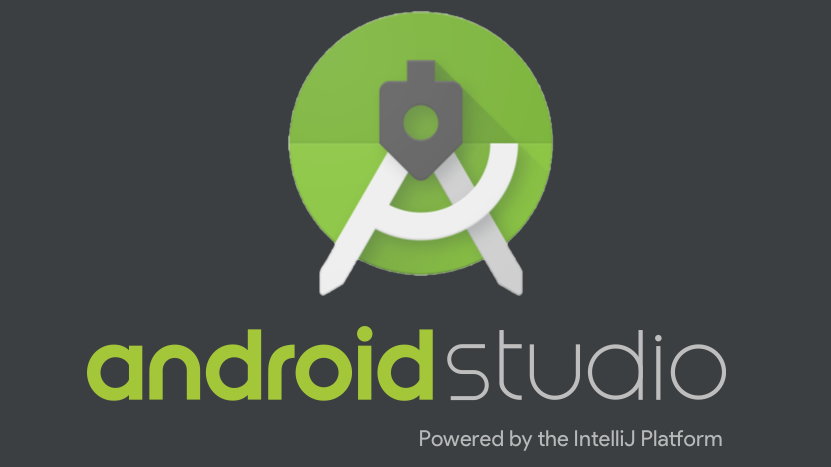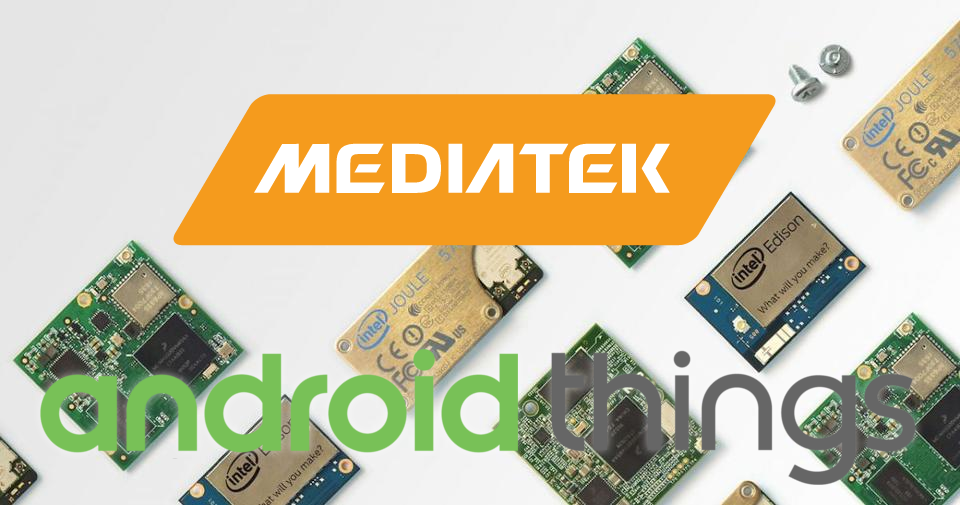latest
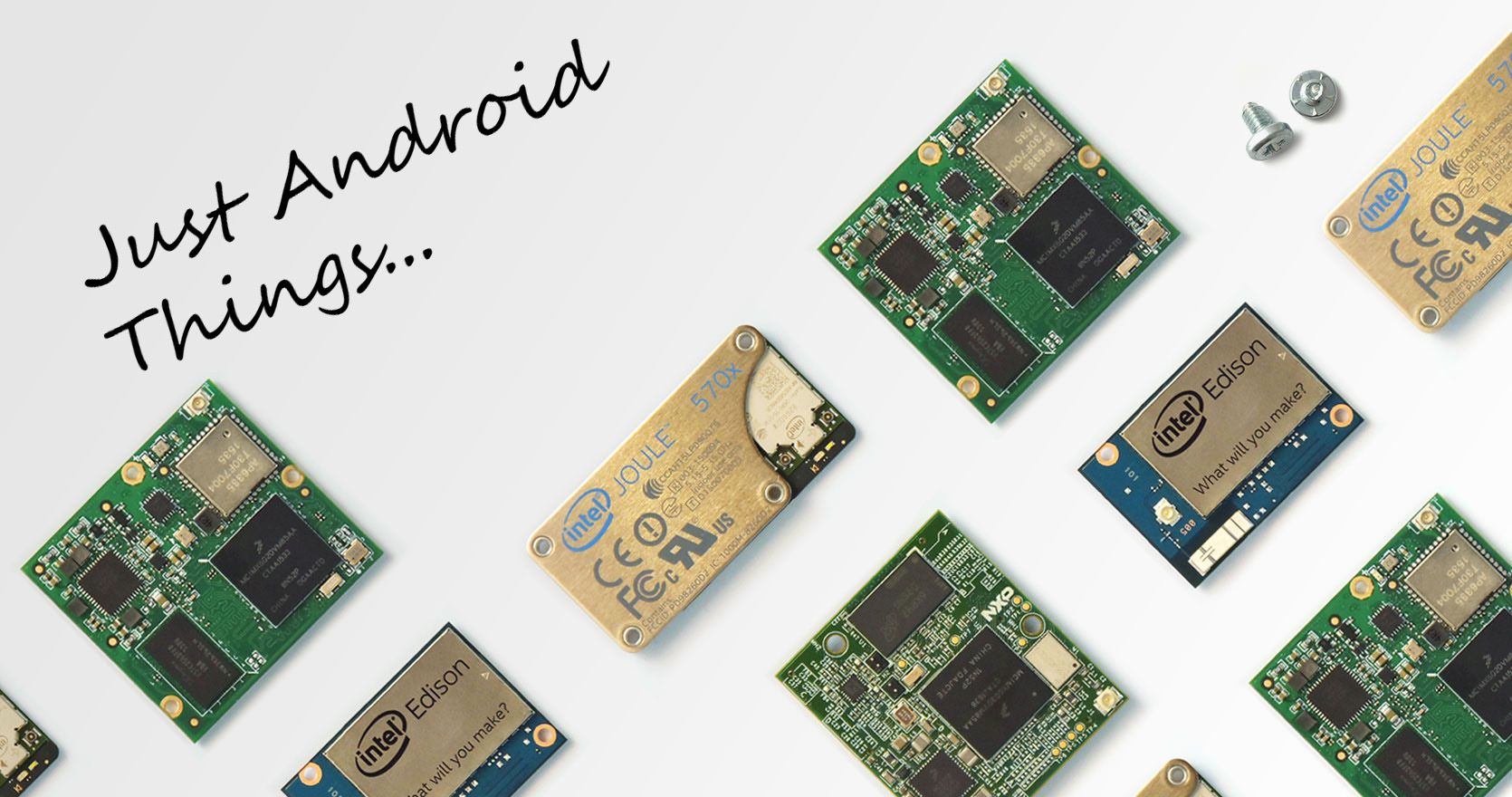
Google shares the shutdown timeline for Android Things
Winding down Android Things is such a Google thing to do
Google launched Android Things back in 2016 as a simple operating system for use on a variety of smart appliances. It never actually found its way onto any Google hardware products, though, and last year the company announced it was narrowing its focus to smart speakers and displays. Now Android Things OS is hitting another obstacle on its way out the door, as non-commercial use starts being cut early next year.

Google's operating system for lightweight Internet of Things devices, the fittingly-named Android Things OS, was originally intended to run on a wide array of hardware. It has seen the most success in Google Assistant-powered smart displays and speakers, and now that's the only product category Android Things will be certified for.
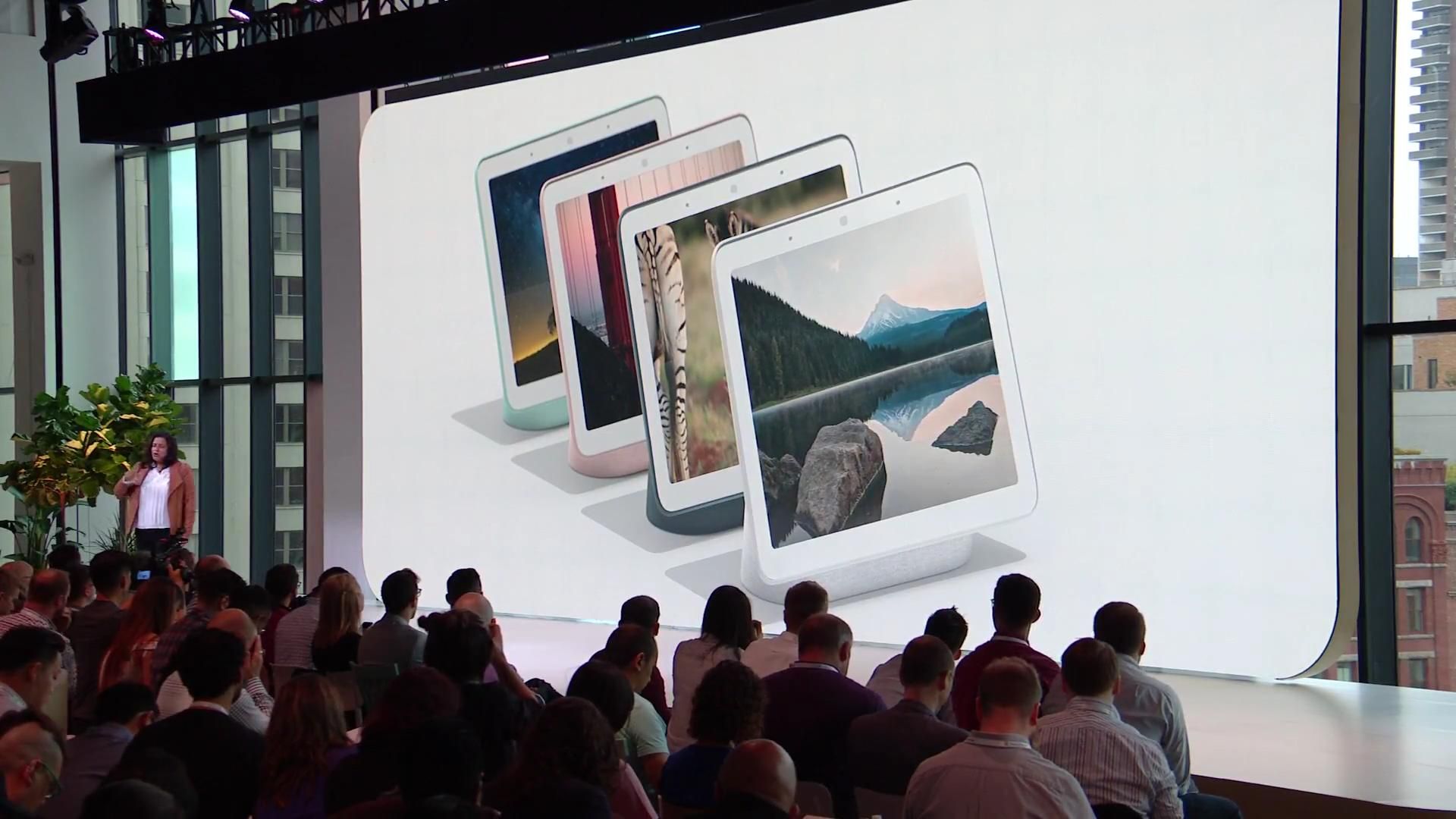
All previous 'smart displays' with Google Assistant are nearly identical under the hood. They all run Android Things OS (a specialized version of Android for IoT devices) on top of a standardized hardware platform (like those from MediaTek and Qualcomm). Most people assumed that Google's own smart display, the recently-announced Home Hub, would use the same software and hardware. However, the Home Hub is something entirely different.
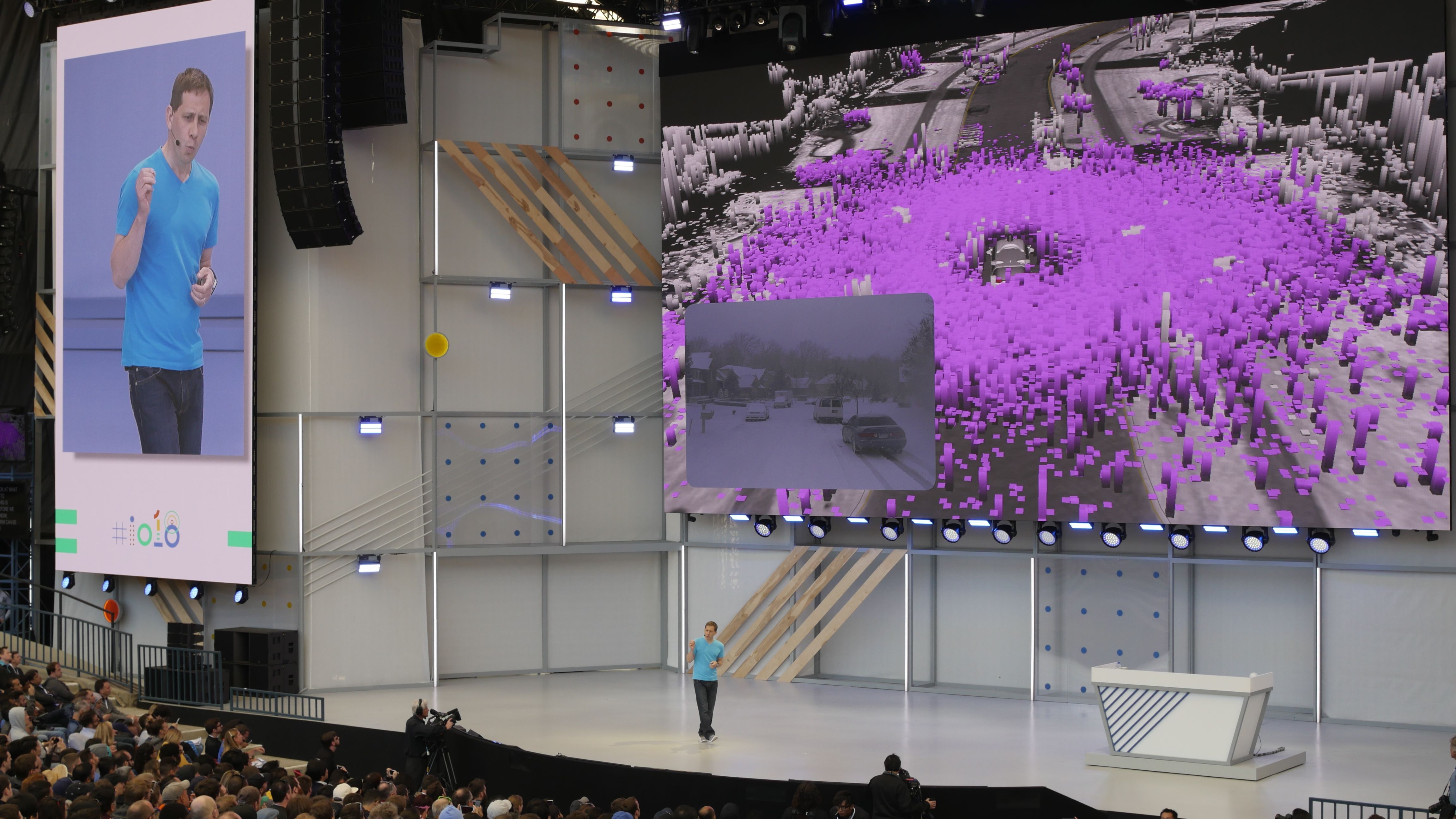
After three days of non-stop announcements and developer talks, Google I/O 2018 has finally come to a close. Unless you were watching the event yourself, or if you were refreshing Android Police every minute, you probably missed a few things.

Android Things is a minimal version of Android, intended to power Internet of Things devices (like smart appliances). The first Developer Preview was released at the end of 2016, and new versions have come out steadily since then, most recently with Preview 8.

Android Things OS is a lightweight version of Android, designed to run on Internet of Things devices (smart appliances, embedded devices, etc). The first Developer Preview was released in late 2016, and it has continued to receive updates since then. Most notably, Android Things will power the upcoming Google Assistant smart displays.

Android Things is the name of Google's edition of Android specifically designed for Internet-of-Things devices (IoT). The first version was made available at the end of 2016, and the first long-term support version is expected to be released sometime this year. Back in May, MediaTek announced that it was making hardware specifically for Android Things, and now two other companies are following suit.
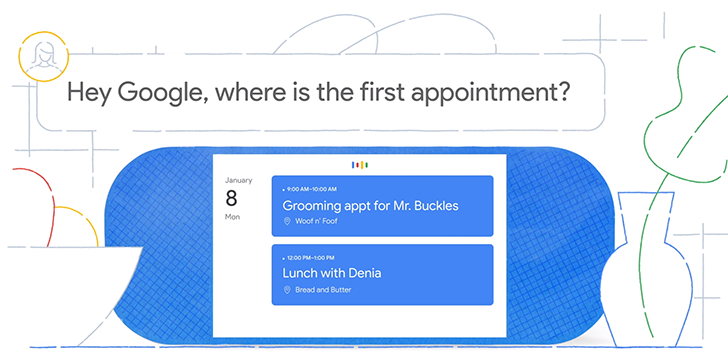
Amazon stumbled upon a good idea when it launched the Echo Show last year. Even though it's just an Echo speaker with a screen (and despite the YouTube functionality being removed), it has enjoyed moderate success and currently sits a 4.5-star average rating on Amazon. Now Google has unveiled its competitor - Google Assistant for smart screens.For months, it looked like Google was preparing its own Echo Show-like device, codenamed 'Quartz.' That name appeared multiple times in APK teardowns, and it was very clear the device would be like an Echo Show. Now it's official, but rather than one device, Quartz appears to be a software platform for other OEMs to use.[EMBED_YT]https://www.youtube.com/watch?v=ARA0AxrnHdM[/EMBED_YT]Google Assistant on smart screens can show the weather, display your calendar, find directions on Google Maps, guide you through cooking, show pictures from Google Photos, play YouTube videos, and more. Google says that four companies will be building smart displays with Assistant - JBL, Lenovo, LG, and Sony - with more coming soon. These devices will also have Google Cast built-in, so they work like Chromecasts. The only smart screen announced so far is Lenovo's Smart Display.The Google Assistant interface runs on top of Android Things, the company's version of Android designed for Internet-Of-Things (IoT) devices. While Android Things is still in Developer Preview, Google will release a long-term support version sometime this year, which will presumably be used by these smart displays.Source: Google Blog, Android Developers Blog
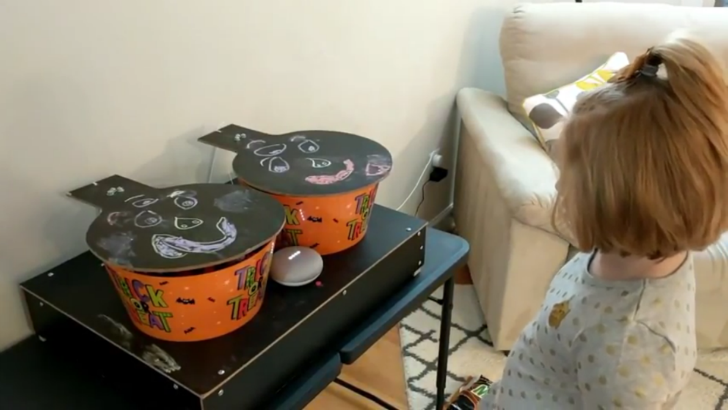
Halloween is over (sad face) but that doesn't mean we can't still enjoy its nerdy tricks and its geeky treats. Google Home already has its own Halloween tricks, but if you're an awesome dad, you'd go above and beyond that. Case in point: this set of Halloween bowls rigged by tjudkinsYT and demoed by his daughter. He's using Android Things on a Raspberry Pi and his own unpublished Action on Google (hence the "getting the test version of Trick or Treat Bowl" you hear the nice Google lady say in reply) to trigger it through Assistant on his Home Mini.
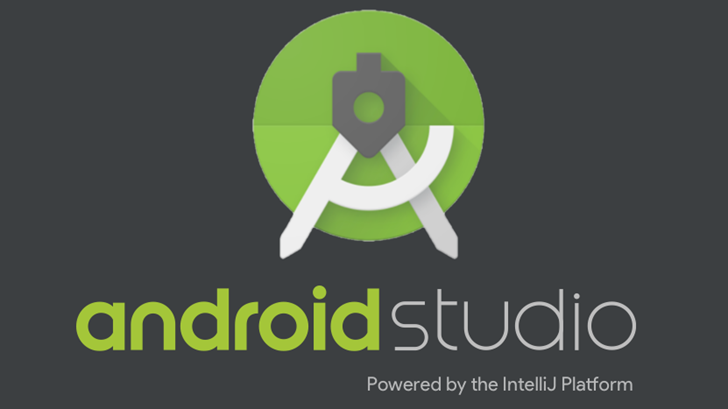
For the past few years, the primary way to build Android applications has been through Google's Android Studio. The first stable release arrived in 2014, with version 2.0 appearing last year. The third major update was announced at Google I/O 2017, and now it is finally ready for prime time.

Android Things is a minimal version of Android, intended to power Internet of Things devices (like smart appliances). The first Developer Preview was released at the end of 2016, and new versions have come out steadily since then, most recently with Preview 4.1. Google has now released Developer Preview 5, with plenty of major changes and new features.

If you're not familiar with Android Things OS, it's a lightweight version of Android designed to run on Internet of Things (IoT) devices. The first Developer Preview was released last year, and there have been a few updates since then. Now Google has released the first preview of Android Things Console, which makes managing a fleet of Android Things devices significantly easier.

The first Developer Preview for Android Things OS was released at the end of 2016, as a lightweight version of Android intended for Internet of Things devices. Since then, it has been updated multiple times to support more hardware and fix bugs, and today Google has released Developer Preview 4.1.

Google officially released Android Things OS last year as a developer preview. If you're not familiar with it, the OS is a lightweight version of Android that maintains support for popular Android developer tools and APIs, like Android Studio and Google Play Services. The developer preview has received a few updates since then, with the last one adding support for the Google Assistant SDK.
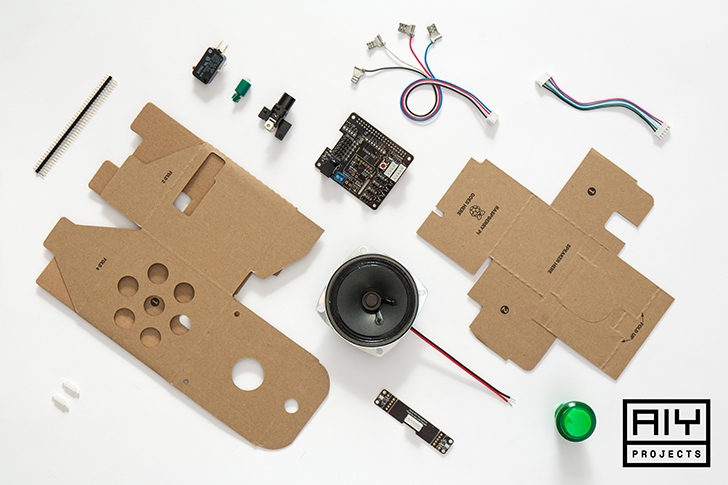
Google released the first Developer Preview for its new 'Android Things' operating system back in December, and the company has been improving it ever since. A minor update, Developer Preview 3.1, was released today with support for the new AIY Projects Voice Kit.
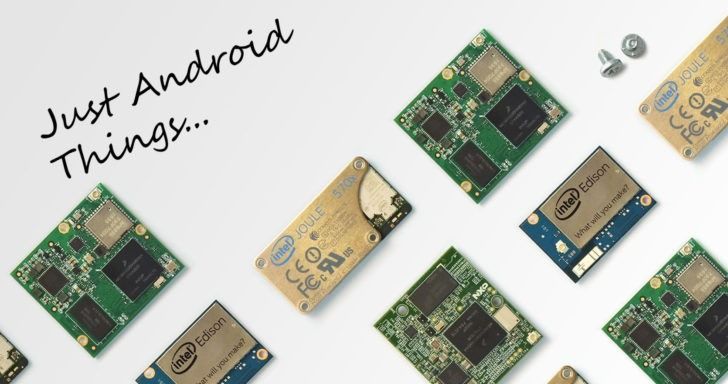
Fast on the heels of Developer Preview 2, Google has just pushed out their latest Developer Preview for Android Things, the IoT embedded platform based on Android.

Android Things is Google's simplified build of Android for Internet of Things devices (I still hate that term), first released last year as a developer preview. The previews only support a handful of developer boards - the Intel Edison and Joule, NXP Pico, and Raspberry Pi 3. Now Qualcomm has committed to supporting Android Things on its Snapdragon 210 SoC later this year.

It's been a big day from the mystical Google land. In addition to all of the Wear stuff, the team behind Android Things has released the second Developer Preview for supported Internet-of-Things platforms. It brings some new features and a few bug fixes, as well as support for the Intel Joule.




